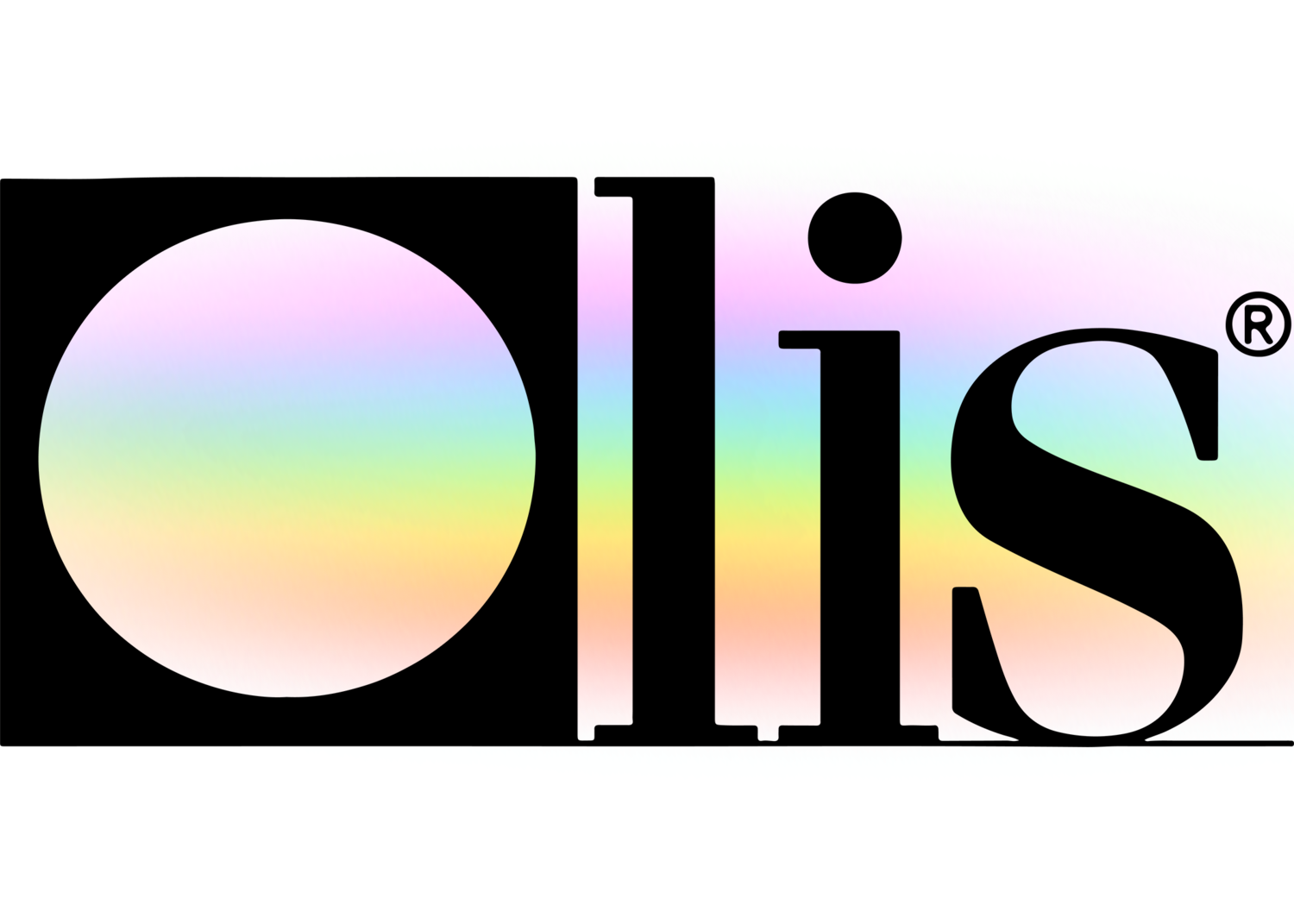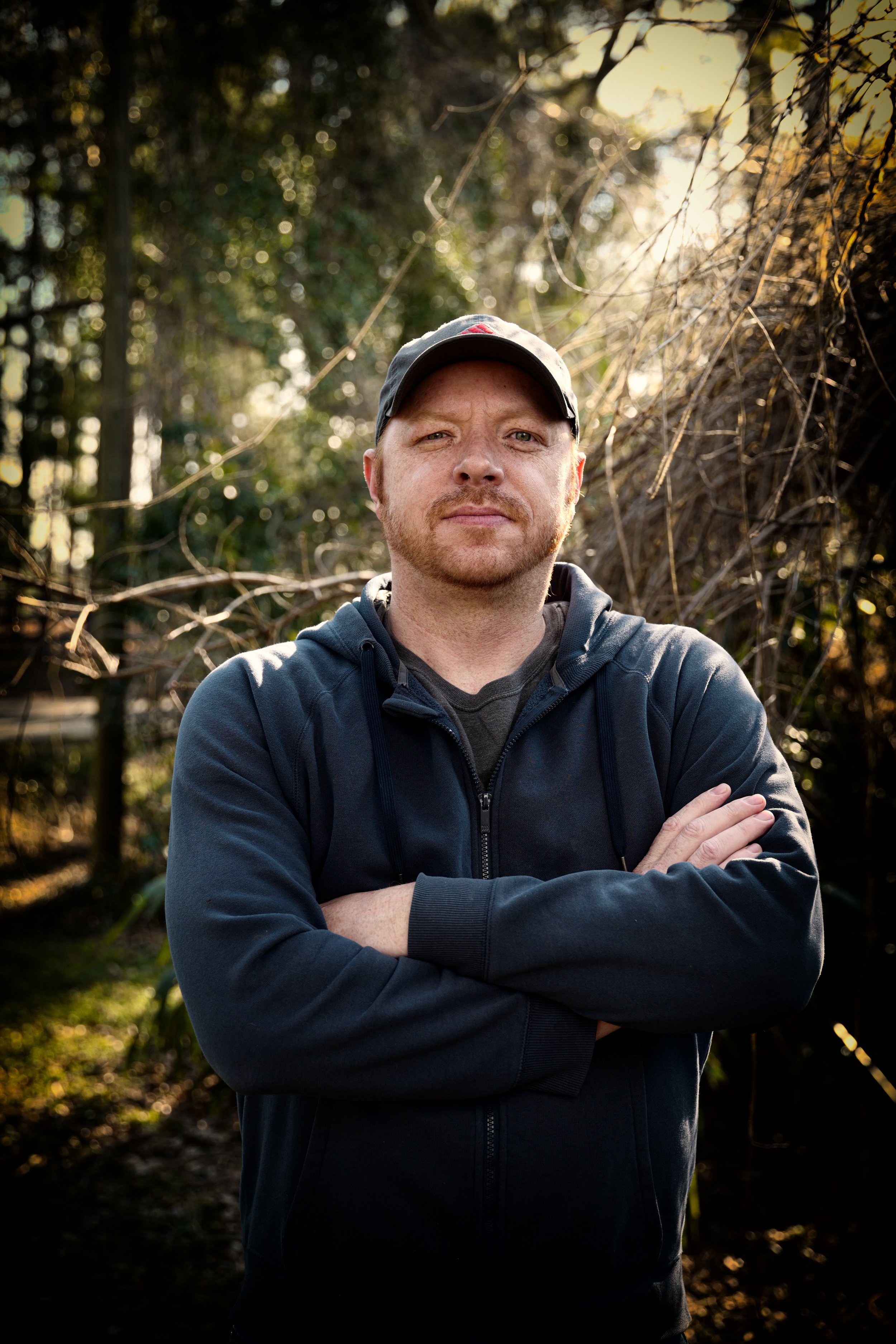A Biased View of Circular Dichroism
The Definitive Guide to Uv/vis
Table of ContentsWhat Does Uv/vis/nir Do?7 Easy Facts About Circularly Polarized Luminescence ShownOur Circular Dichroism PDFsCircular Dichroism Fundamentals ExplainedThe Single Strategy To Use For Circular Dichroism

Spectrophotometry is a tool that hinges on the quantitative analysis of particles depending on how much light is soaked up by colored compounds.
The 7-Minute Rule for Uv/vis/nir
A spectrophotometer is typically used for the measurement of transmittance or reflectance of services, transparent or opaque solids, such as refined glass, or gases. Numerous biochemicals are colored, as in, they soak up visible light and for that reason can be measured by colorimetric procedures, even colorless biochemicals can frequently be converted to colored compounds suitable for chromogenic color-forming responses to yield compounds ideal for colorimetric analysis.: 65 Nevertheless, they can also be developed to measure the diffusivity on any of the listed light ranges that usually cover around 2002500 nm utilizing various controls and calibrations.
An example of an experiment in which spectrophotometry is utilized is the decision of the equilibrium constant of a solution. A particular chemical response within a service might take place in a forward and reverse instructions, where reactants form items and items break down into reactants. At some time, this chemical response will reach a point of balance called a balance point.
The 25-Second Trick For Circularly Polarized Luminescence
The quantity of light that travels through the service is a sign of the concentration of certain chemicals that do not permit light to travel through. The absorption of light is due to the interaction of light with the electronic and vibrational modes of particles. Each kind of particle has a specific set of energy levels connected with the makeup of its chemical bonds and nuclei and thus will soak up light of specific wavelengths, or energies, resulting in special spectral homes.
Using spectrophotometers covers various scientific fields, such as physics, materials science, chemistry, biochemistry. spectrophotometers, chemical engineering, and molecular biology. They are widely used in many markets including semiconductors, laser and optical production, printing and forensic assessment, along with in labs for the research study of chemical substances. Spectrophotometry is often utilized in measurements of enzyme activities, determinations of protein concentrations, determinations of enzymatic kinetic constants, and measurements of ligand binding reactions.: 65 Ultimately, a spectrophotometer is able to figure out, depending on the control or calibration, what compounds exist in a target and exactly just how much through calculations of observed wavelengths.
Created by Arnold O. Beckman in 1940 [], the spectrophotometer was produced with the aid of his associates at his business National Technical Laboratories established in 1935 which would become Beckman Instrument Company and eventually Beckman Coulter. This would come as a service to the formerly created spectrophotometers which were not able to soak up the ultraviolet correctly.
More About Circular Dichroism
It would be discovered that this did not offer acceptable results, therefore in Design B, there was a shift from a glass to a quartz prism which enabled much better absorbance results - spectrophotometers (https://www.blogtalkradio.com/olisclarity1). From there, Model C was born with a change to the wavelength resolution which ended up having 3 units of it produced
It was produced from 1941 to 1976 where the rate for it in 1941 was US$723 (far-UV devices were a choice at additional cost). In the words of Nobel chemistry laureate Bruce Merrifield, it was "most likely the most crucial instrument ever established towards the advancement of bioscience." Once it became stopped in 1976, Hewlett-Packard created the very first commercially readily available diode-array spectrophotometer in 1979 known as the HP 8450A. It irradiates the sample with polychromatic light which the sample soaks up depending upon its properties. It is transmitted back by grating the photodiode variety which finds the wavelength area of the spectrum. Considering that then, the development and execution of spectrophotometry devices has increased profoundly and has become one of the most innovative instruments of our time.

Get This Report on Uv/vis/nir
The grating can either be movable or repaired.
In such systems, the grating is fixed and the strength of each wavelength of light is measured by a various detector in the array. In addition, most contemporary mid-infrared spectrophotometers utilize a Fourier change method to obtain the spectral information - https://www.4shared.com/u/FvsNFVfH/julieanndesalorenz30606.html. This method is called Fourier change infrared spectroscopy. When making transmission measurements, the spectrophotometer quantitatively compares the portion of light that goes through a referral option and a test option, then digitally compares the strengths of the 2 signals and calculates the percentage of transmission of the sample compared to the reference requirement.
